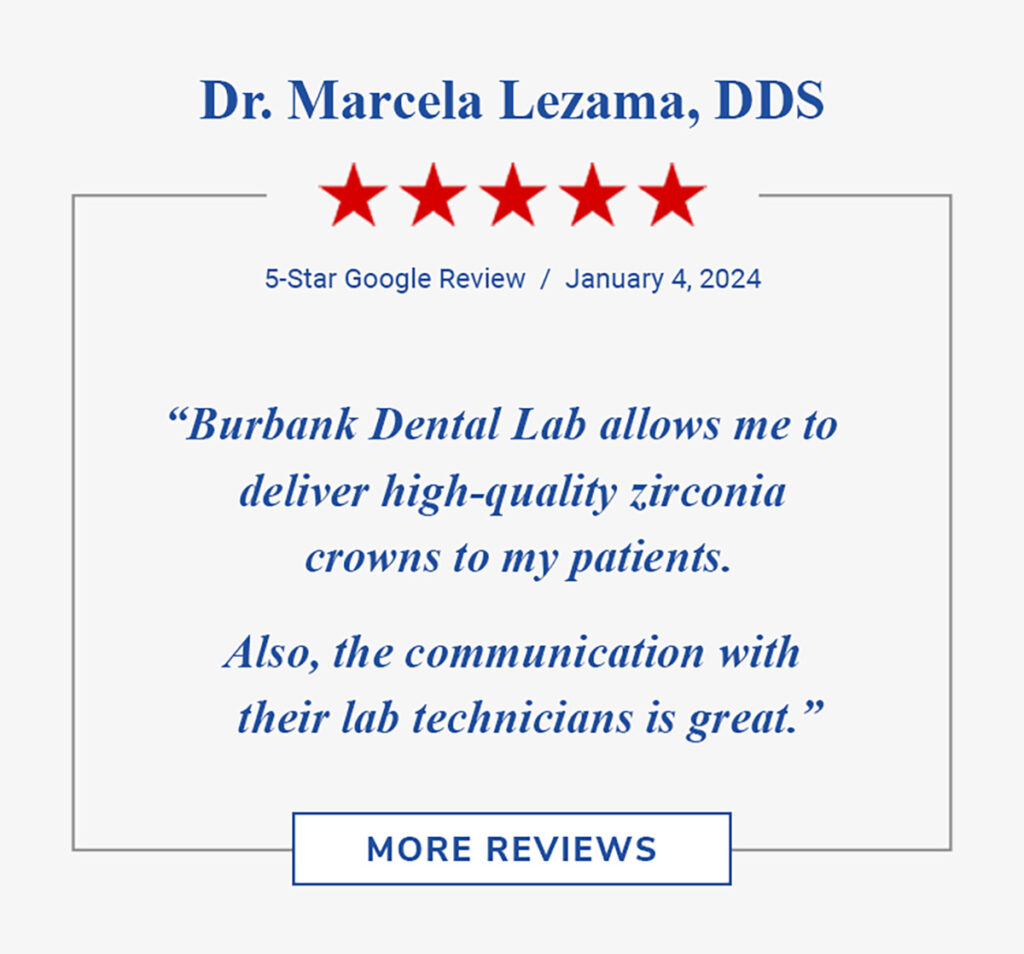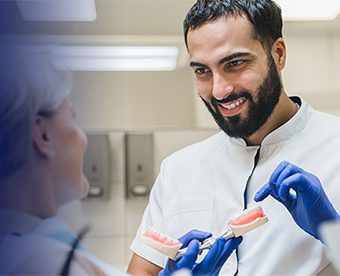Understanding the importance of patient satisfaction is one of the key areas on which Burbank Dental Lab is focused. This is especially true when a patient chooses a cosmetic procedure to enhance their smile.
Patient satisfaction is an indicator that can reflect the quality of care in a dental practice. With the explosion of social media and the ability to instantly share experiences within various social media platforms, it has never been more critical to ensure patients’ expectations are met. Clinicians rely heavily on dental labs to gather, interpret, and produce restorations that reflect the patient’s needs. This requires experience, knowledge, and the best materials and systems available to strive for improvement within the patient’s dental experience.

Cosmetic Dentistry
When it comes to cosmetic dentistry, the key is to restore cases using minimally invasive procedures appropriately. Preservation of tooth structure is a big influencer in the treatment of dental patients.
Porcelain veneers have played a huge role in offering minimally invasive options to improve the overall esthetics and meet patients’ esthetic demands. The ability to interpret the patient’s desired outcomes and visualize the finished case comes with experience. Equally important, however, are the materials chosen to rehabilitate dentition while staying as conservative as the case parameters will allow.
IPS e.max® Press
For over 20 years, the technique of pressing ceramics has been successfully used to create precision and highly esthetic outcomes in the fabrication of veneers, crowns, inlays, and onlays, as well as three-unit bridges.
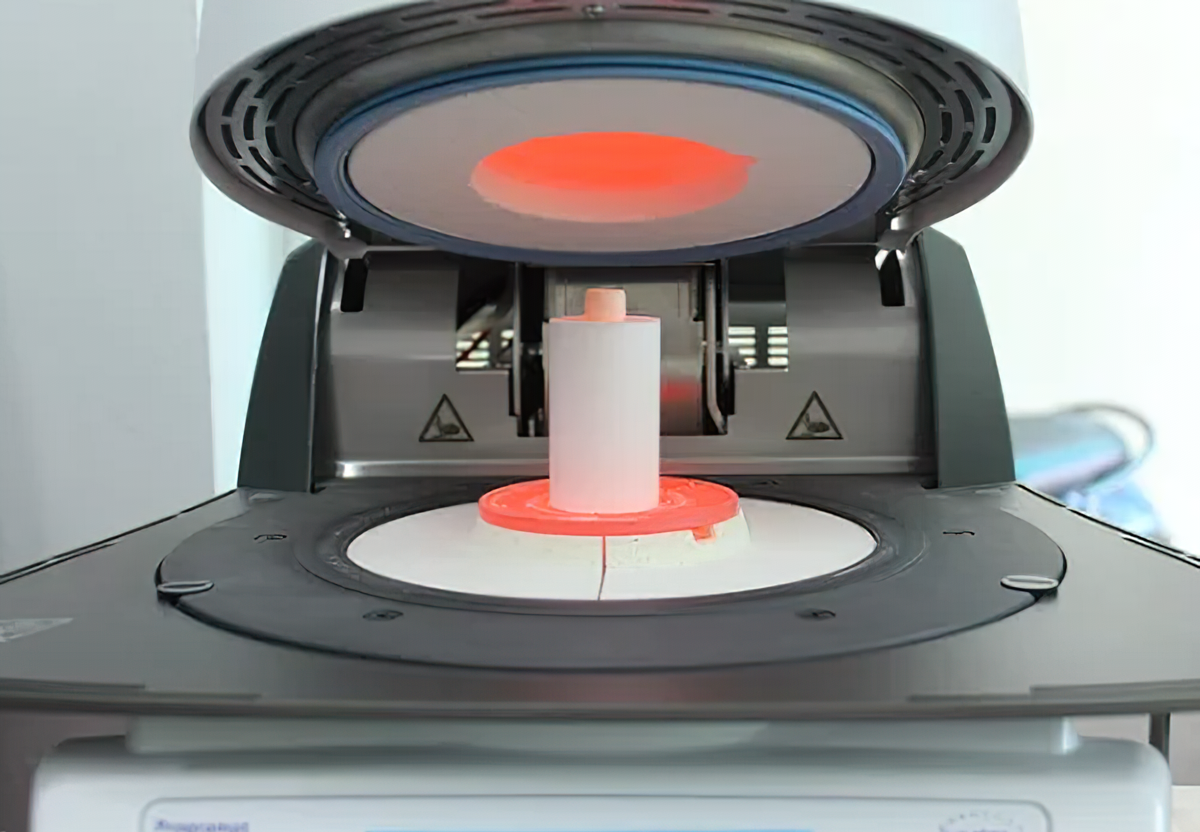
The pressing technique allows for excellent fit and natural results, while the strength of the material (500 MPa) makes this one of the most prescribed dental restorations in the country.
The specific indications of use for e.max® linked are as follows:
E.max has a wide range of ingot colors and translucency levels from which to choose. This makes finding the right material to ensure the tooth restoration will blend seamlessly within the oral environment easy to achieve. There is virtually an ingot for every type of clinical situation.
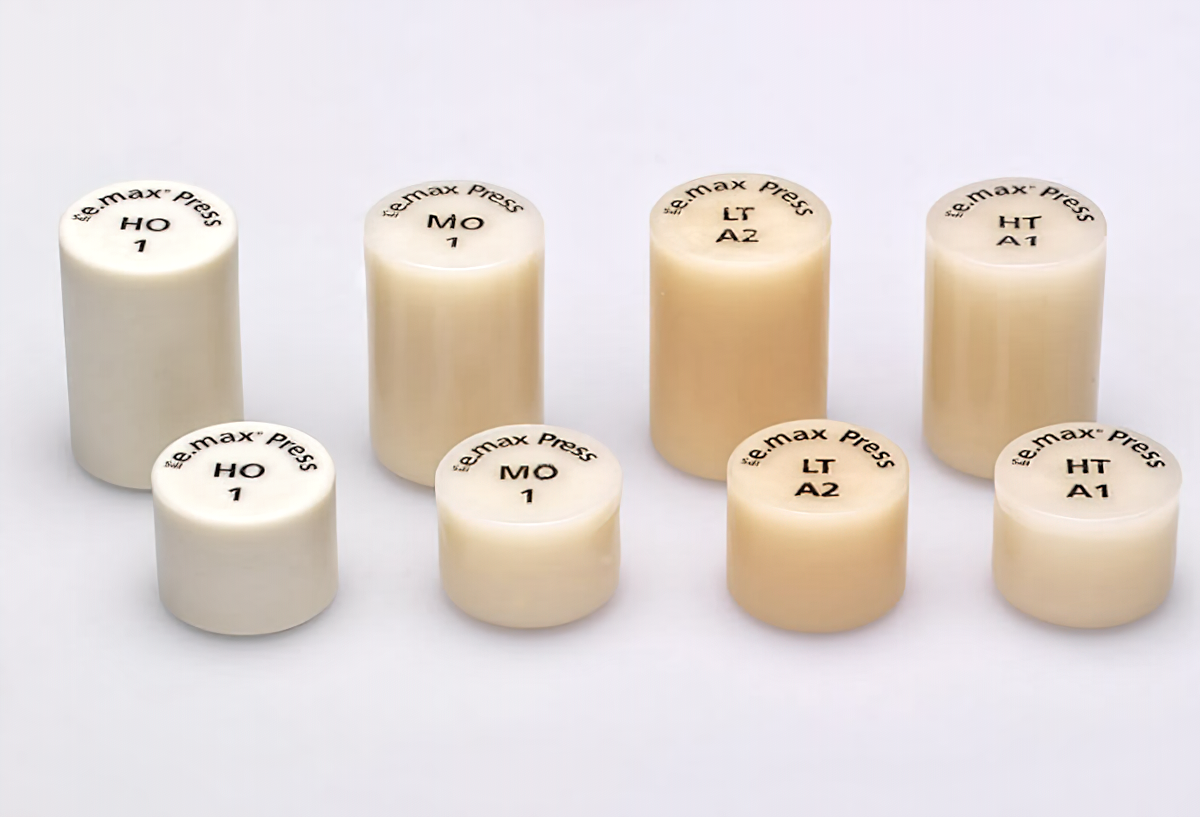
The four levels of translucency include the following:
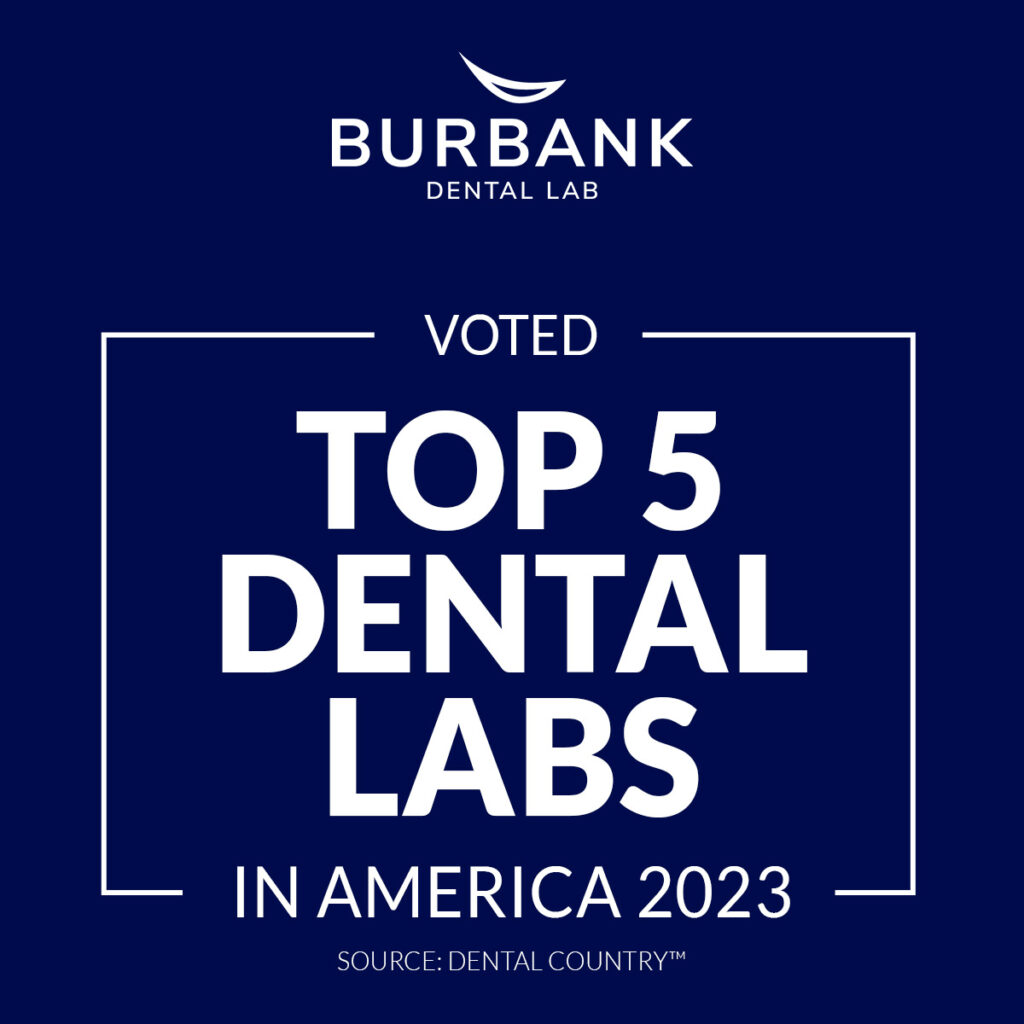
The decision to choose one ingot over another when working on a specific case lies mostly in the expertise of the laboratory. However, coming to the correct conclusion of which ingot to choose relies on the information being sent from the clinician. This will vary depending on the type of case being sent, but the following information will help ensure a successful ingot selection:
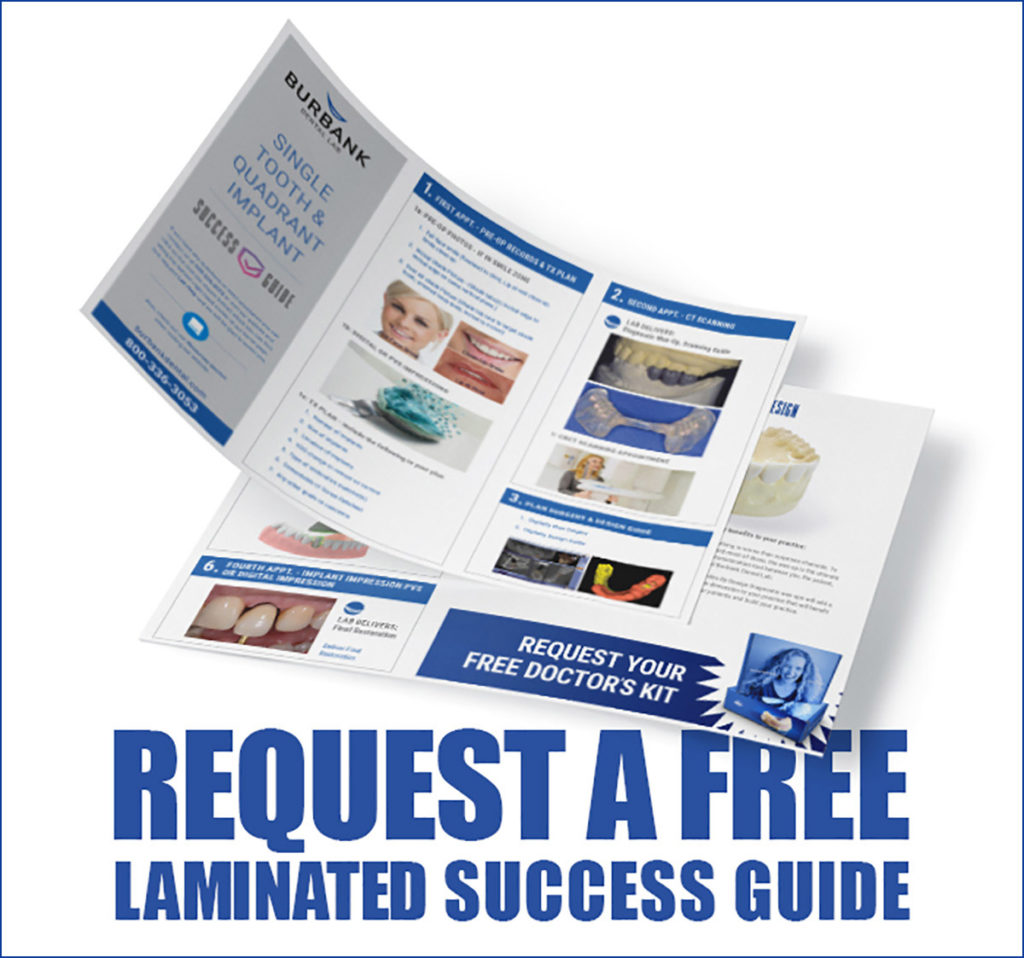
Case Study
The following case was sent to Burbank Dental Lab to assist this patient in reaching her esthetic goals. The patient’s chief complaints were her worn teeth, asymmetry, and retroclined anteriors.

She also wished to brighten up and create a more full smile. Tooth #11 had old porcelain fused to metal crown that was too opaque and causing some inflammation at the gingival area.
It was easy to determine that this case was an excellent option for e.max® layered restorations. The case was brought out facially to improve the retroclined anteriors. The buccal corridor was brought out to create a more full and esthetically pleasing overall smile. Tooth #11 was restored with a better fitting e.max® crown which improved the patient’s gingival tissue inflammation.
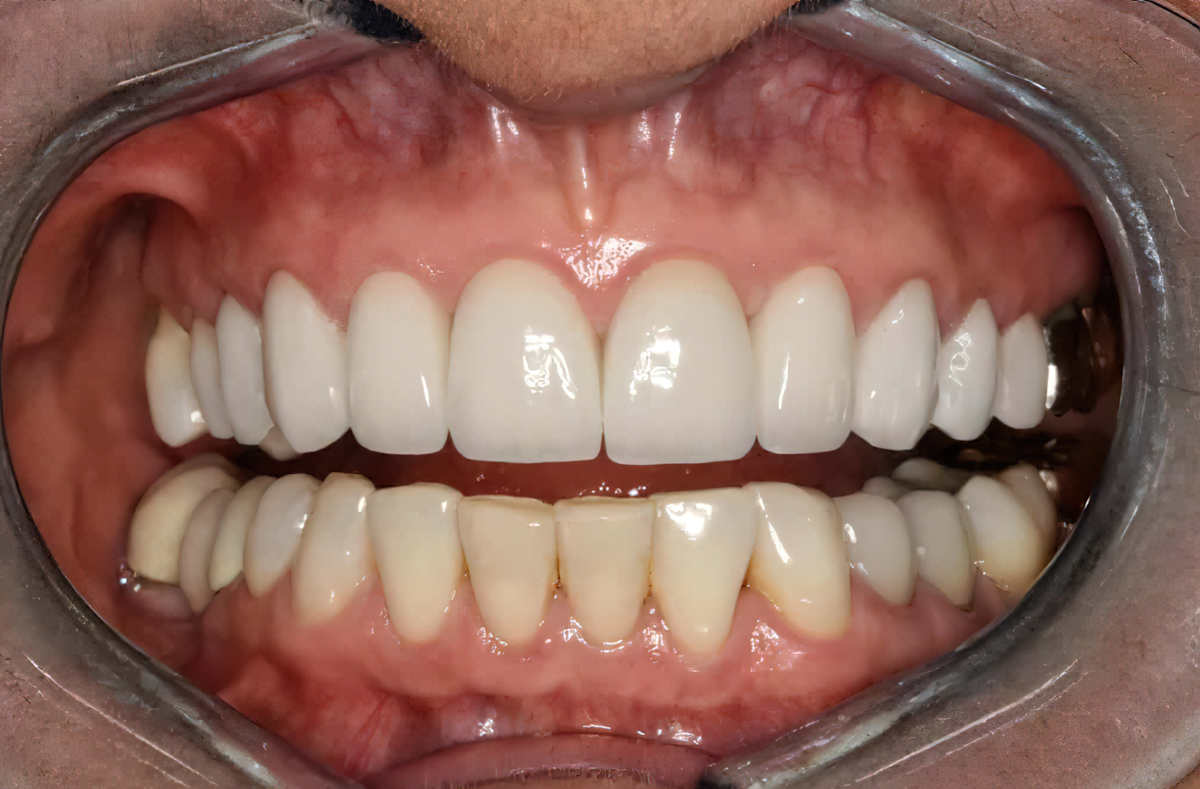
The benefits of restoring with e.max® include:
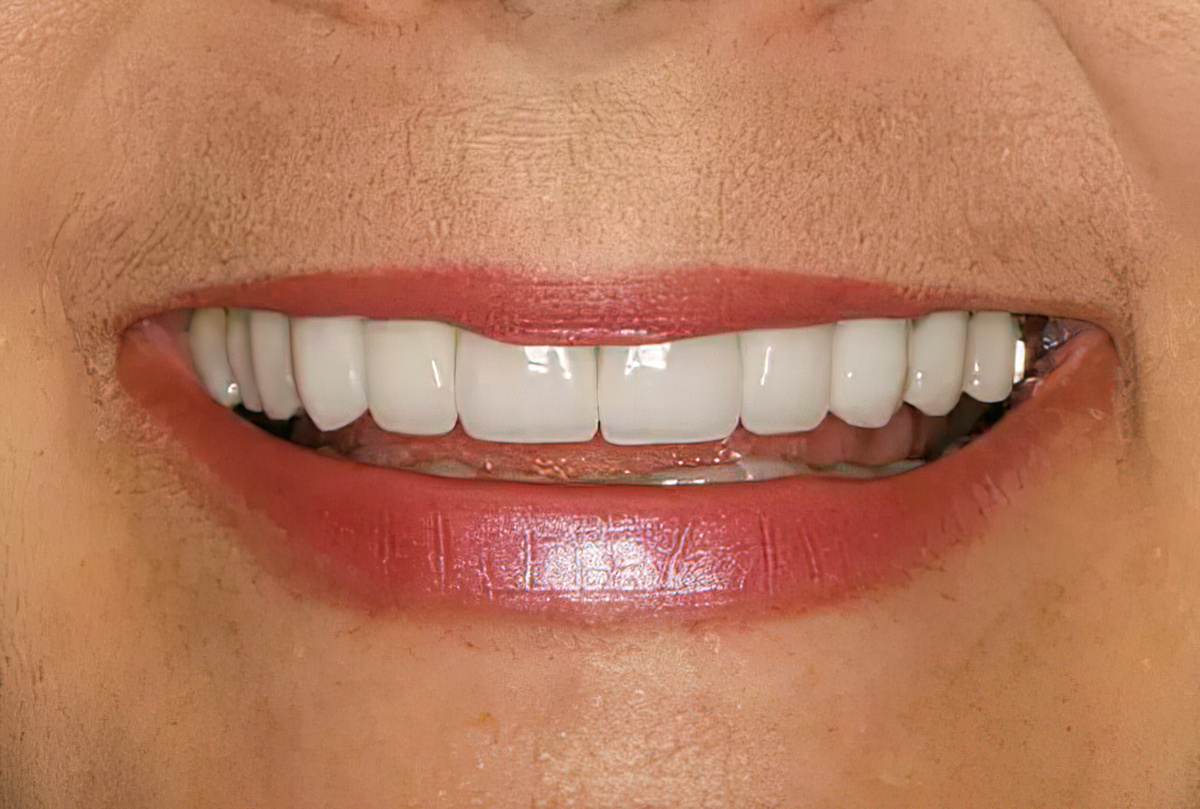
There are many factors that go into ensuring patient satisfaction. Ensuring that we understand their wants and are able to deliver is paramount to achieving high levels of patient satisfaction. Using the best materials is another critical factor in reaching successful cases.
IPS e.max Press has over 15 years of clinical studies showing the success of this material. It has a far superior clinical performance than both metal-ceramics and glass materials. Contact Burbank Dental Lab today for help with your next E.max case.
